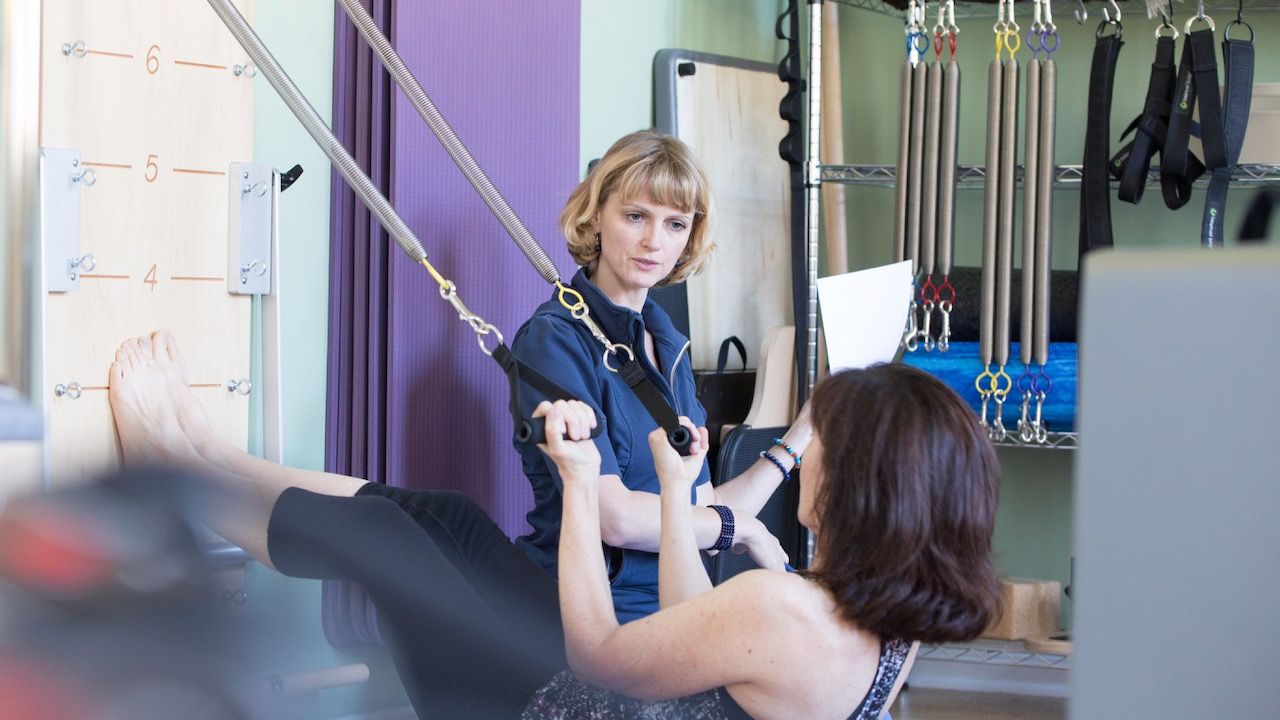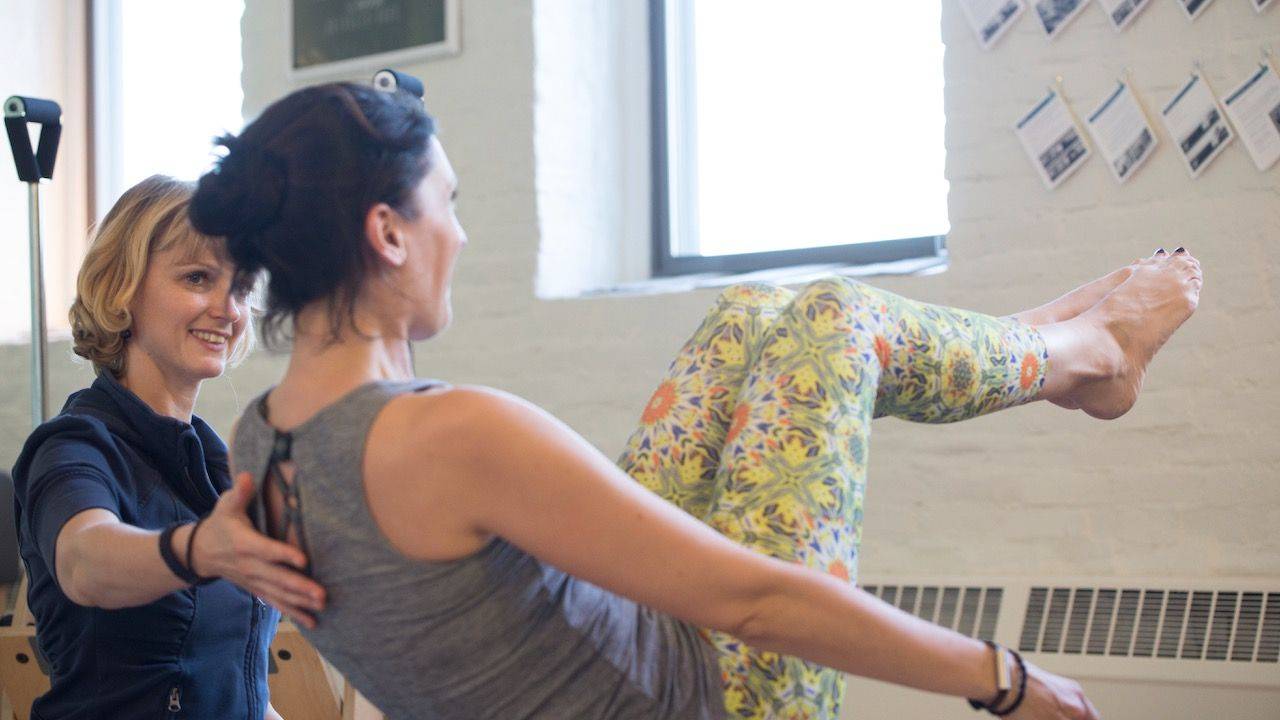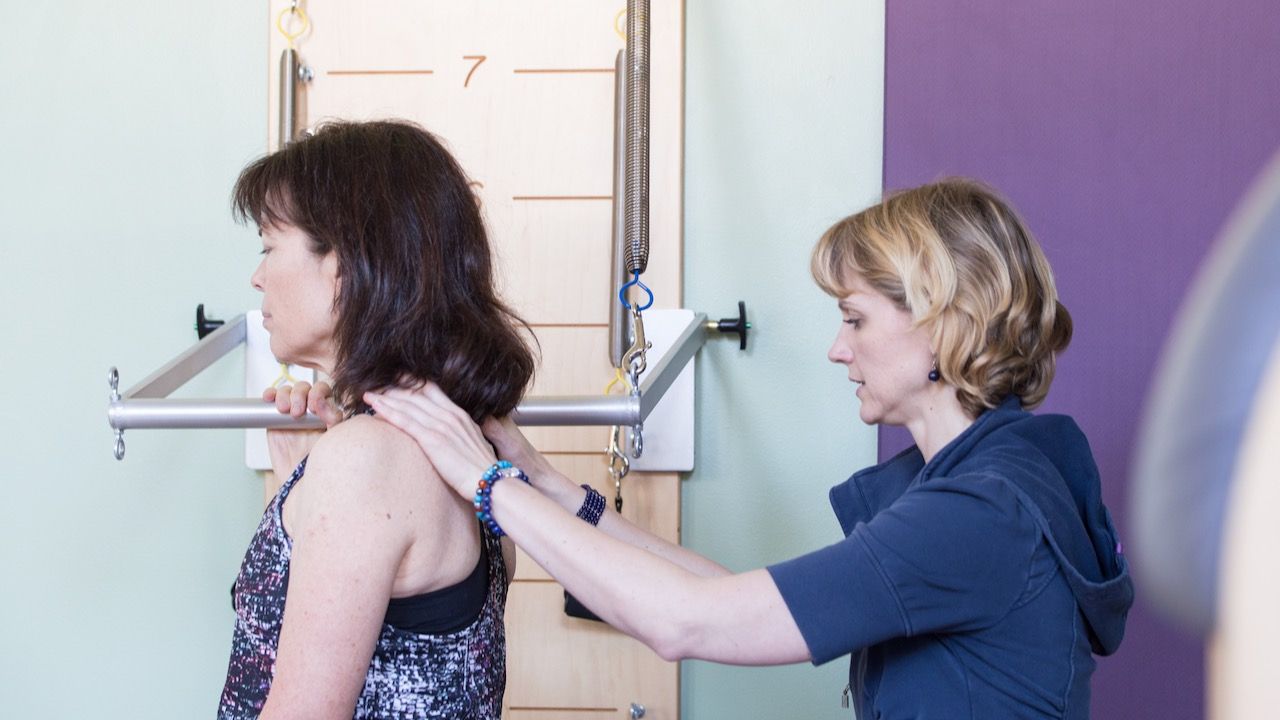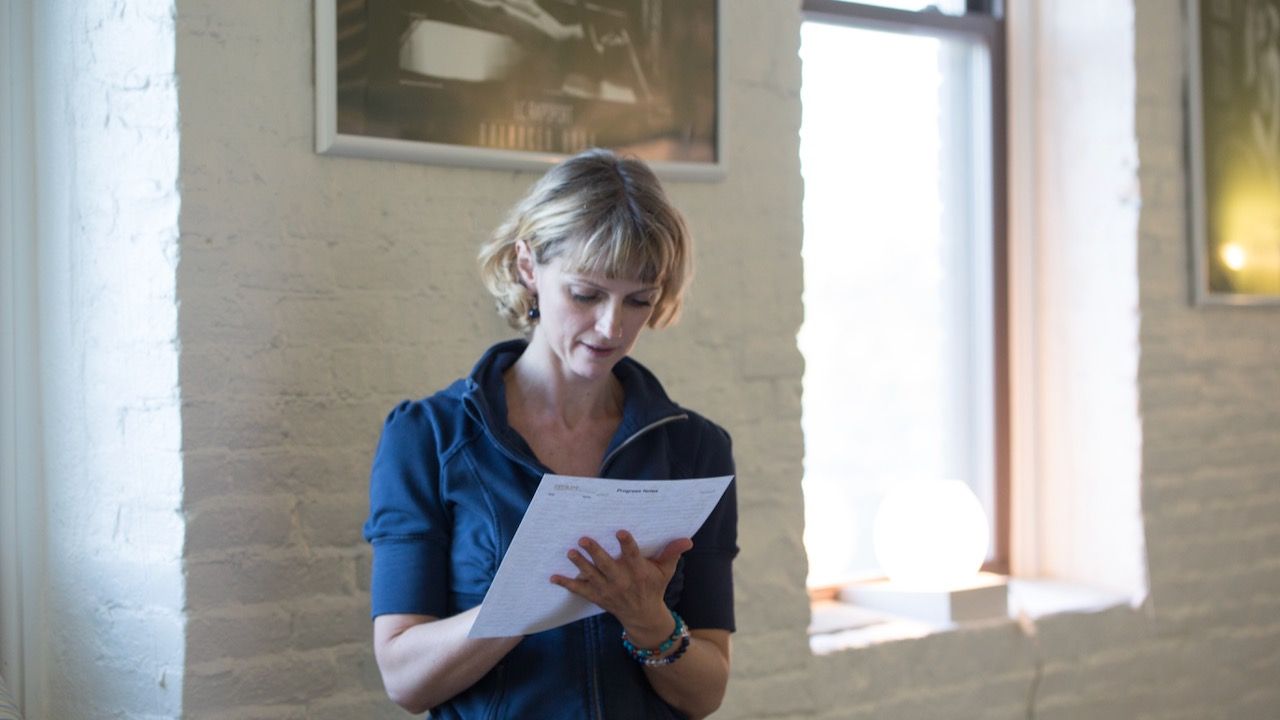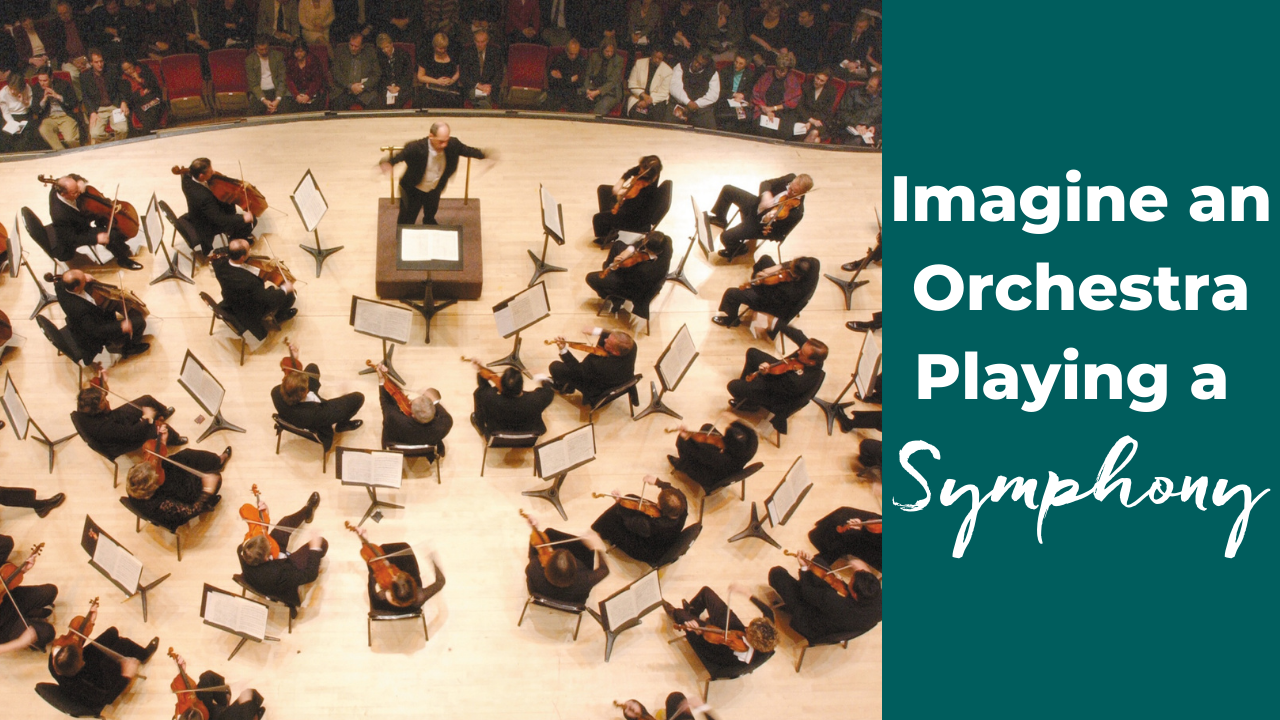
Imagine an Orchestra Playing a Symphony...
Feb 13, 2016I like using metaphors to describe how Pilates works. The technical and anatomical language is not as easy to grasp. That’s why I share the symphony metaphor with each person who is considering taking up Pilates. It will give them a good idea whether this is something that might work for them.
Imagine an orchestra sitting on stage playing a beautiful symphony.
Each of the musicians has to play the exact right note at the exact right time at the exact right volume. If the clarinet comes in too early, it will disturb the flow of the piece. If the tuba in the back plays too loud, then it will overpower all other instruments.
In each of these cases, the piece of music doesn’t make sense anymore, it’s not beautiful, it turns into noise.
It’s the same with the body. Each of the muscles has to fire at the exact right moment, in the right sequence, at the right level of strength. If one muscle works too hard (plays too loud), then we can’t feel (hear) the other ones. Movement becomes tiring, effortful. No fun at all.
Different from any other form of exercise out there, Pilates doesn’t follow the, “more is better” mindset. If you go to a bootcamp, it’s usually “Alright muscles (musicians), everyone work (play) as hard (loud) as you can. Everyone together now!”
That’s not what we do in Pilates. We don’t want to, “Just do it.”
Instead we tell one muscle to be quiet for a while, while we enjoy what another muscle has to say.
Does that makes sense?
Everything in life is about balance,

Get support with your day-to-day teaching challenges
Ready to Teach Pilates with Clarity and Confidence?
Sign up to receive my weekly email newsletter. It's jam-packed with Pilates articles, videos, exercise tutorials and teaching tips.
Only super valuable stuff here. No spam ever. Unsubscribe any time.








